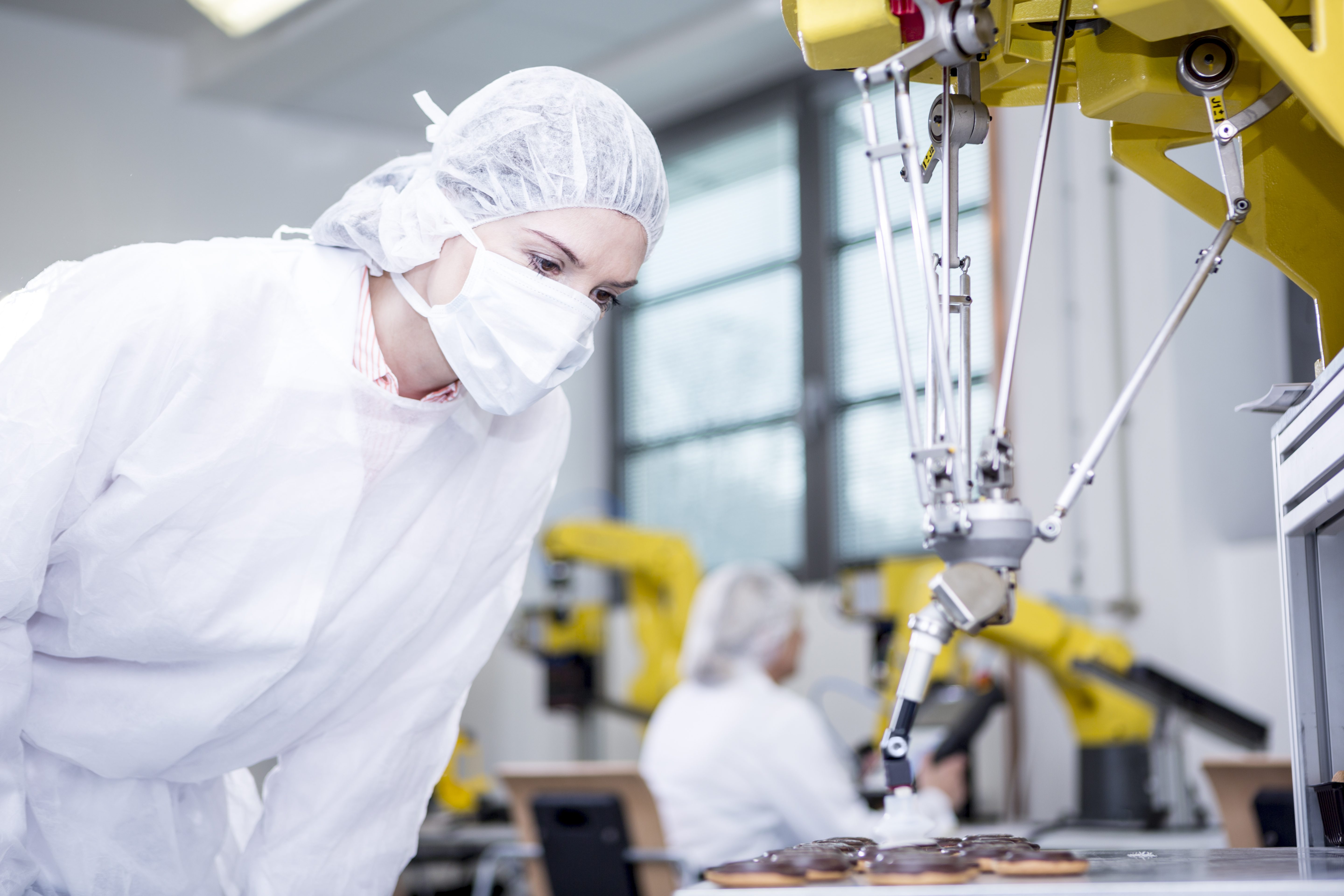2020 will be mostly remembered as a bad year in business – unless you were in the home gym, pajama pants, or the digital acceleration business. There was a global fire drill to support the new “work from home” culture with massive buildouts of IT and broadband capacity. Had I predicted this buildout to support applications like Teams and Zoom in my ‘2020 Predictions’ blog, I would have been labeled an expert prognosticator. I will try to do better this year though, as I dust off my usually reliable crystal ball.
There is no question that data centers and networks are the facilitators of today’s digital transformation, but some questions remain: Are more of the current types of data centers enough to support the growth? What innovations are needed in our networks to keep up with this accelerated digital transformation? Can we make the data center of the future more efficient, adaptive, and sustainable at the same time?
Here are a few of the emerging trends that I see playing out in 2021, as a result of the rise of digital acceleration and automation.
Heavy adoption of edge computing, Wi-Fi 6, and 5G in Industry 4.0 manufacturing
The pandemic highlighted the need to have local manufacturing in emergency situations for core staples, personal protection gear, life-saving equipment, and vaccines. The largest barrier to local manufacturing has been the desire to minimize costs and the availability of skilled people. People have traditionally played key roles in the entire manufacturing operation including procurement, scheduling, quality control, etc. The key facilitator to bring manufacturing back locally is automation. Wi-Fi 6 and 5G bring massive capacity, solid reliability, and “un-tethered” flexibility in order for machines to be totally connected and all sensors to share data constantly in near real-time to optimize and improve production. Edge computing will be used to harness and process all information for machine and process optimization. IT/OT convergence is one of the most over-used terms these days, but it will actually come to life in Industry 4.0.
Contactless, touch-free world emerges
Pre-pandemic, the world was well on its way to automating public transportation ticketing and boarding, hotel check-in, and food ordering and preparation. Some of these activities involved “touch screens” that are now taboo in today’s society. The way to a “touch-free” world could leverage smart phones but more elegant solutions will use voice commands and facial detection or facial recognition with integrated video analytics (IVA). Video in general is data heavy and high definition video stresses networks and IT. While some compression techniques and data flow processes are available, the number of applications in these environments will continue to increase – think integration into contract tracing for example. In addition, AI algorithms are being used in these applications to determine the mood people are in and their mannerisms, and to predict what their next actions will be – also known as indicators of behavior (IOBs). Processing power and data storage is needed to support these applications and a local edge micro data center is a logical choice.
Data centers become more lights out
An unintended enlightenment occurred as a result of the pandemic. Many companies relied on on-site data center support staff and soon realized they had limited or no visibility into their data center operations when stay-at-home orders were implemented. At a minimum, companies will upgrade their DCIM and ITIM systems to give adequate levels of visibility. Secondly, companies will design and deploy systems where they can perform maintenance and upgrade functions remotely or through automation. Thirdly, a growing number of maintenance upgrade functions are being performed by robots. One example is called ROME where the robot manages cable connections, plucking components and reinserting.
 IT workload automation scales up
IT workload automation scales up
Not only does IT workload automation ensure processes, workflows, and tasks across operating systems run efficiently and without constant human intervention on premise, it will scale across large scale hybrid computing architectures. Operations will set conditions and workloads will automatically migrate to different physical servers potentially anywhere in that data center architecture.
“LEO” communication for edge computing lands
Low earth orbiting (LEO) satellites could be the next generation of communications technology and it’s closer than you think (literally and figuratively). The ability to “cut the cord” on land-based communications opens tremendous possibilities for edge computing data center deployments. One of the major challenges for edge deployments is access to a highspeed network connection, especially in remote areas. But, when 12,000 low orbiting satellites are in space, this problem goes away.
Predicting an influential new year by advancements in automation
The events of 2020 certainly catapulted IT and network capacity upgrades in order to adapt. As we enter 2021, the focus will be on innovating computing architectures and networks to drive higher performance and efficiencies through automation. This digital transformation and automation are exciting, and new innovations could provide additional advancements, setting the stage for even more possibilities in 2022.

